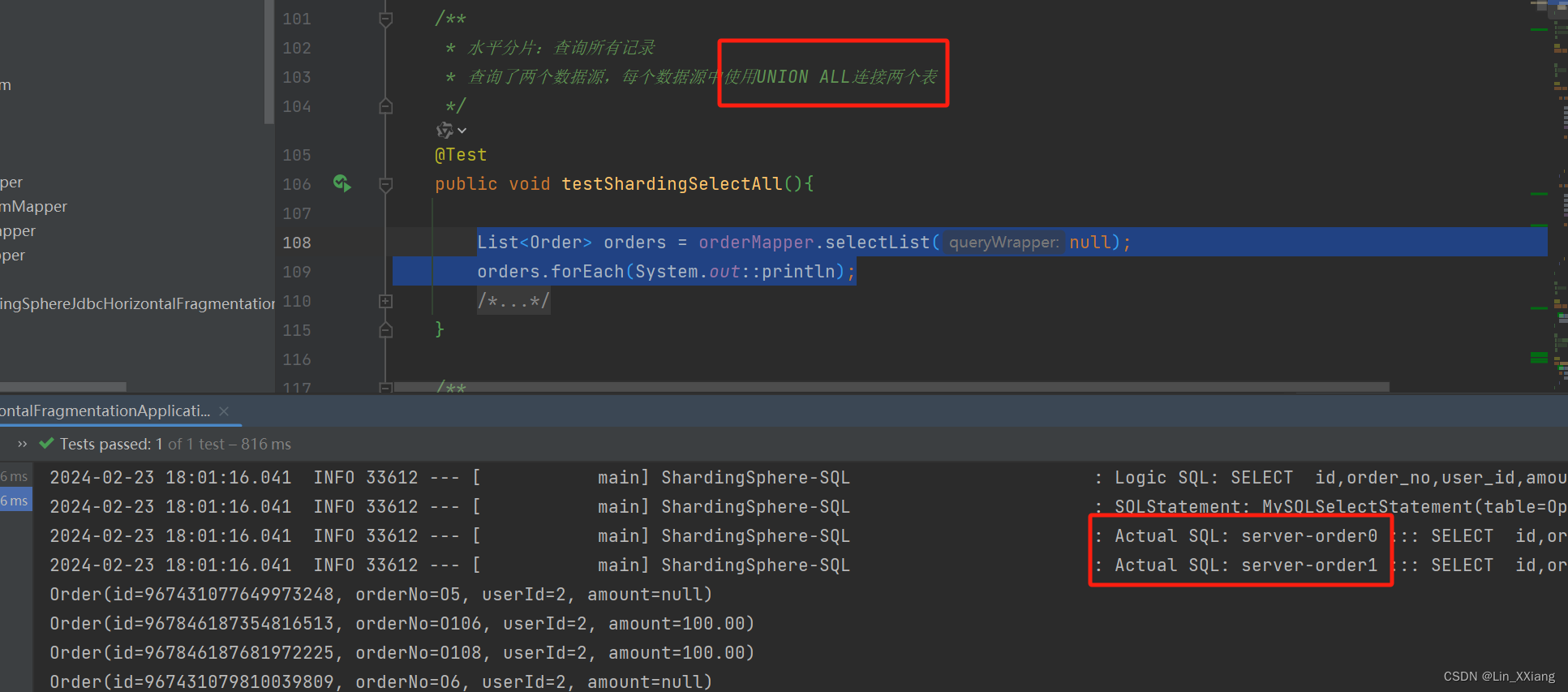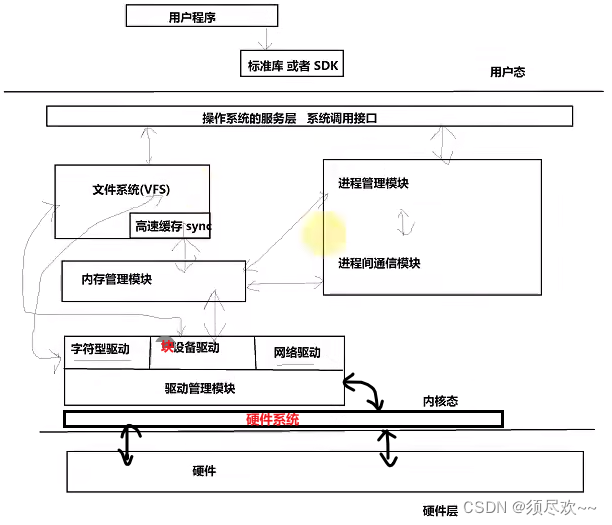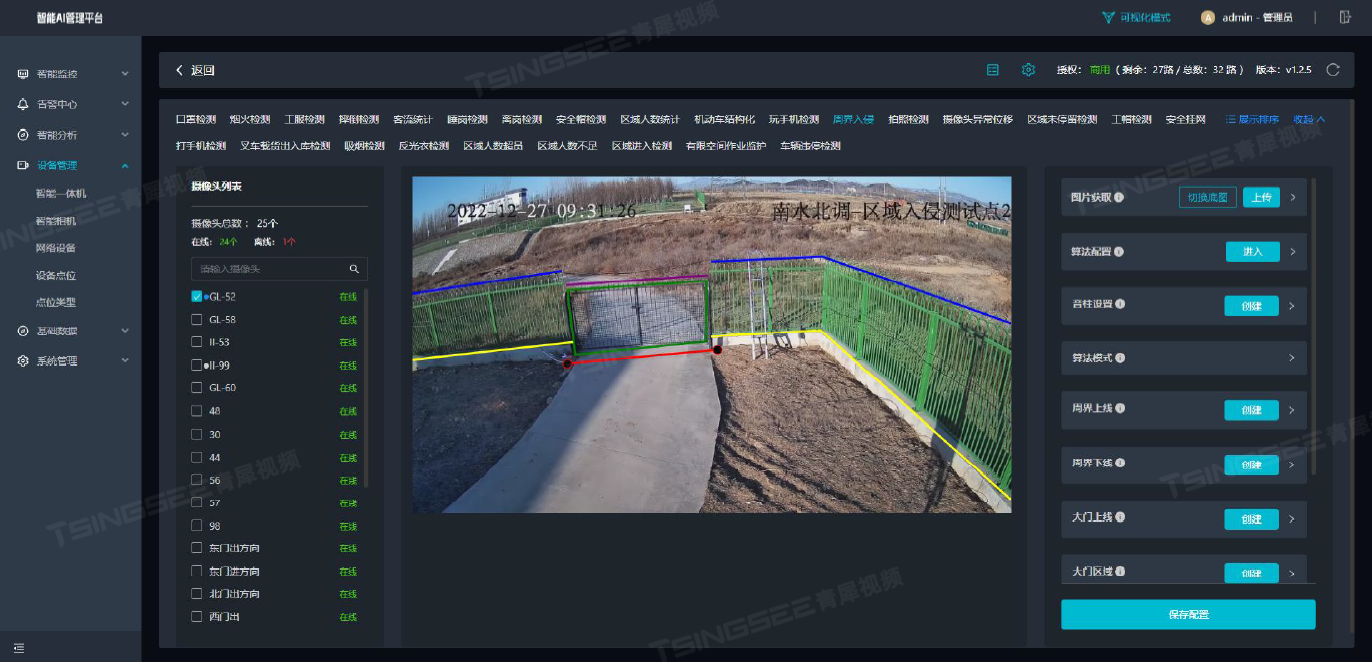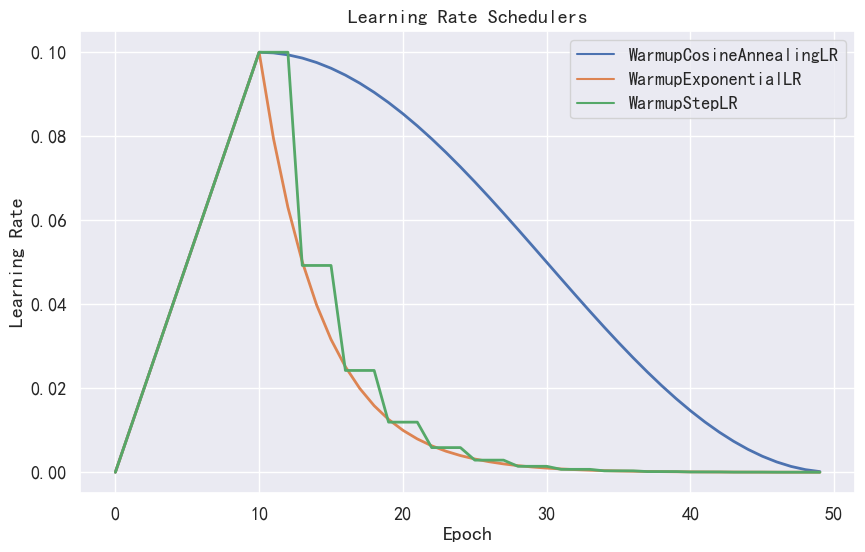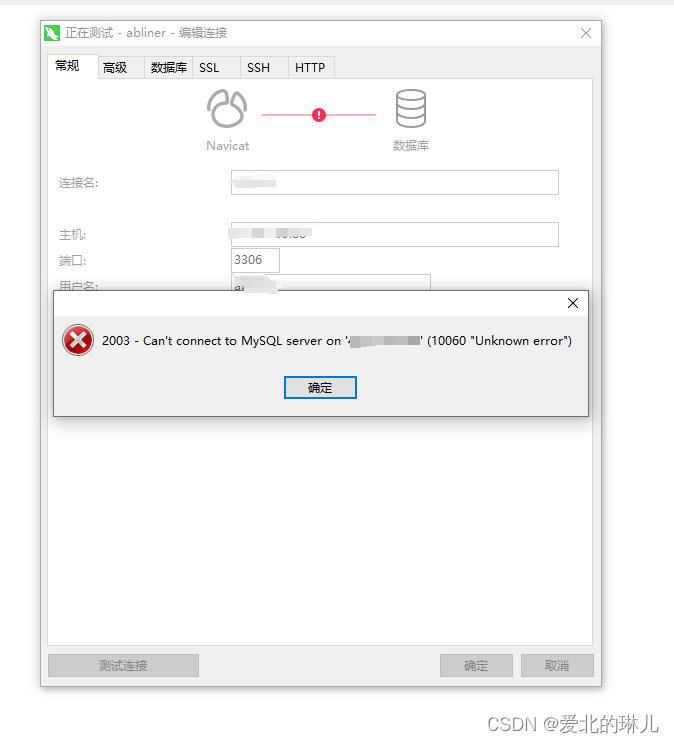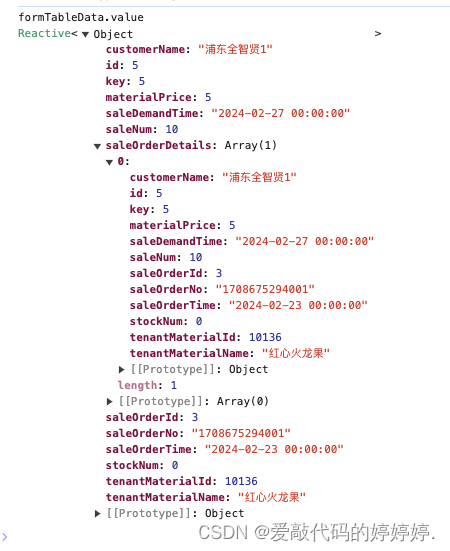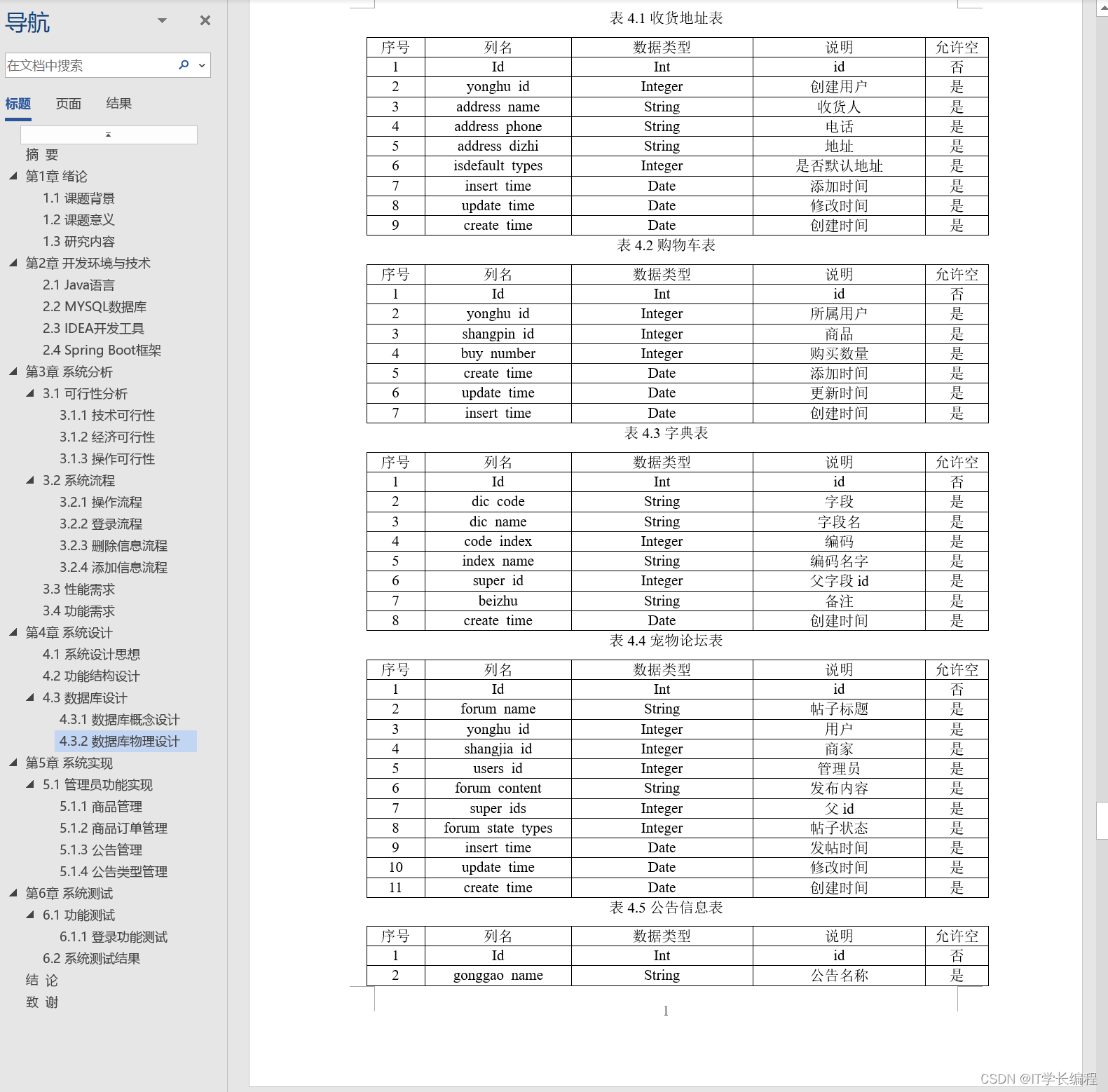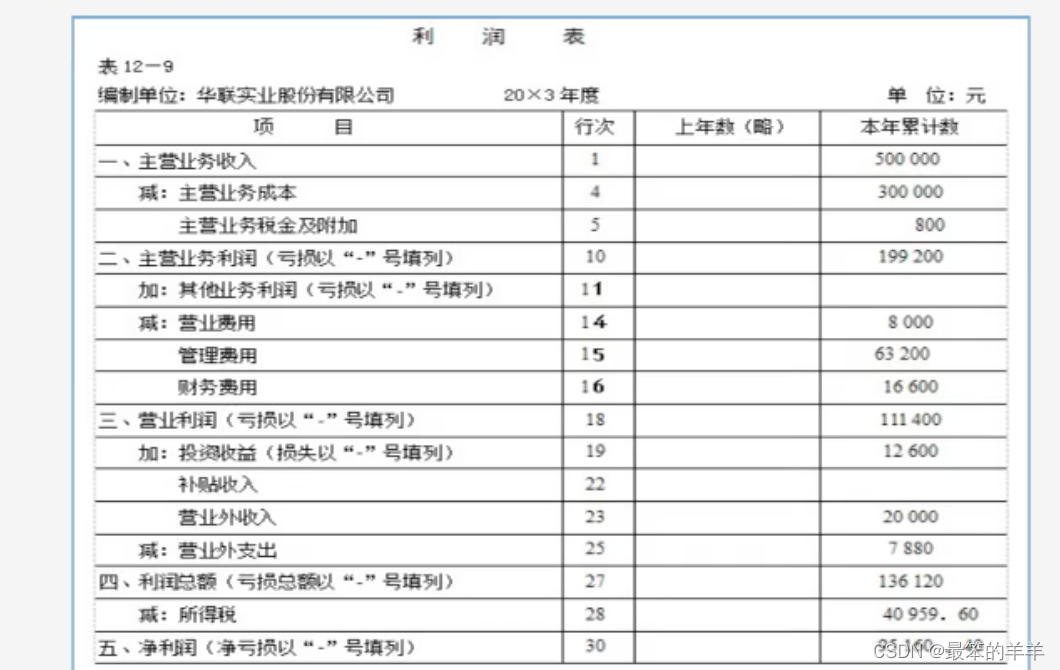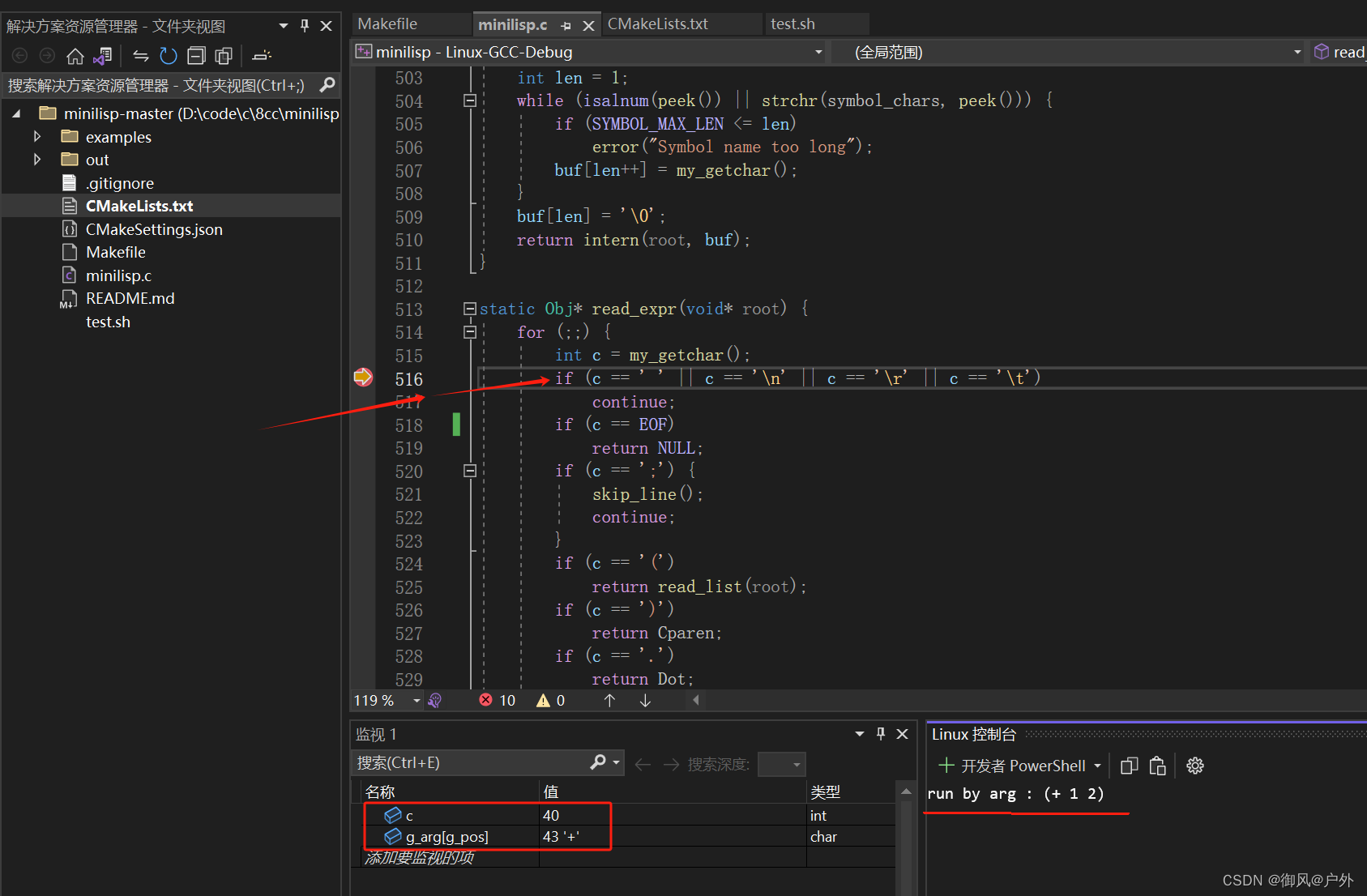每种平台都有自己的输入法框架. GNU/Linux 桌面环境有多种输入法框架, 比如 ibus, fcitx 等. 但是 Android 操作系统只有一种, 是统一提供的输入法框架.
相关链接:
- 《ibus 源代码阅读 (1)》 https://blog.csdn.net/secext2022/article/details/136099328
- https://developer.android.google.cn/develop/ui/views/touch-and-input/creating-input-method
目录
- 1 Android 输入法框架
- 2 实现一个简单的 Android 输入法
- 3 测试
- 4 总结与展望
- 附录 1 相关代码
1 Android 输入法框架

这个图看起来和 ibus 输入法框架差不多, 都有具体的输入法 (engine), 接受输入的应用, 以及系统服务 (输入法框架).
在 Android 系统中, 输入法, 以及接受输入的应用, 都以应用 (apk) 的形式存在. 可以很方便的安装新的输入法, 就和安装普通的应用一样.
2 实现一个简单的 Android 输入法
要想详细的了解 Android 系统的输入法接口, 最好的方法还是自己做一个输入法.
-
(1) 打开 Android Studio, 随意创建一个新的空白应用.
-
(2) 编写一个新的类, 继承
InputMethodServicehttps://developer.android.google.cn/reference/android/inputmethodservice/InputMethodService比如创建文件
app/src/main/java/io/github/fm_elpac/pmim_apk/im/PmimService.kt(有省略):package io.github.fm_elpac.pmim_apk.im import android.inputmethodservice.InputMethodService import android.webkit.WebView import android.webkit.JavascriptInterface class PmimService : InputMethodService() { // 生命周期函数 override fun onCreate() { super.onCreate() // 用于调试 (服务生命周期), 下同 println("PmimService.onCreate()") } override fun onCreateInputView(): View { println("PmimService.onCreateInputView()") // 创建 WebView var w = WebView(this) w.getSettings().setJavaScriptEnabled(true) class 接口 { @JavascriptInterface fun commit(t: String) { im_commitText(t) } } w.addJavascriptInterface(接口(), "pmim") w.loadUrl("file:///android_asset/ui/index.html") return setH(w) } // 预留接口: 输入文本 fun im_commitText(text: String) { currentInputConnection.commitText(text, 1) } fun sendKeyEvent(event: KeyEvent) { currentInputConnection.sendKeyEvent(event) }这个类就相当于自己实现的一个输入法了.
其中重要函数
onCreateInputView()创建软键盘, 就是显示在屏幕底部的触摸输入区域. -
(3) 添加输入法相关信息.
文件
app/src/main/res/xml/im.xml:<?xml version="1.0" encoding="utf-8"?> <input-method xmlns:android="http://schemas.android.com/apk/res/android" android:settingsActivity="io.github.fm_elpac.pmim_apk.MainActivity" android:icon="@mipmap/ic_launcher"> <subtype android:label="@string/im_label" android:name="@string/im_name" android:imeSubtypeLocale="zh_CN" android:imeSubtypeMode="keyboard" /> <subtype android:label="@string/im_label_en" android:name="@string/im_name" android:imeSubtypeLocale="en_US" android:imeSubtypeMode="keyboard" /> </input-method>文件
app/src/main/res/values/strings.xml:<resources> <string name="app_name">胖喵拼音</string> <string name="im_name">胖喵拼音</string> <string name="im_label">中文 (中国)</string> <string name="im_label_en">Chinese (zh_CN)</string> </resources>im.xml里面是输入法的信息, 操作系统 (设置输入法) 需要使用. -
(4) 清单文件
app/src/main/AndroidManifest.xml(有省略):<!-- Android 输入法服务 --> <service android:name=".im.PmimService" android:exported="true" android:label="@string/im_name" android:permission="android.permission.BIND_INPUT_METHOD"> <intent-filter> <action android:name="android.view.InputMethod" /> </intent-filter> <!-- 必须有此元数据, 输入法才能在系统设置中出现 --> <meta-data android:name="android.view.im" android:resource="@xml/im" /> </service>前面编写的类
PmimService是传说中的 Android 四大组件 之一 (服务), 所以必须在清单文件中声明. -
(5) 最后实现用户界面 (底部的软键盘).
文件
app/src/main/assets/ui/index.html:<!DOCTYPE html> <html> <head> <meta charset="utf-8" /> <meta name="viewport" content="width=device-width, initial-scale=1.0" /> <title>测试输入法键盘</title> <style> body { background-color: #FFF3E0; } img { width: 150px; height: 150px; } .b { position: fixed; top: 0; left: 0; width: 100%; height: 100%; box-sizing: border-box; border-top: solid 8px #FF9800; display: flex; align-items: center; justify-content: space-around; } </style> </head> <body> <div class="b"> <img id="m" src="./m.jpg" /> <img id="q" src="./q.png" /> </div> <script> function 输入(t) { console.log(t); pmim.commit(t); } function 初始化() { const m = document.getElementById("m"); const q = document.getElementById("q"); m.addEventListener("click", () => 输入("喵")); q.addEventListener("click", () => 输入("穷")); } 初始化(); </script> </body> </html>
3 测试
又到了喜闻乐见的测试环节.
-
(1) 编译 apk (相关重要文件的完整代码请见 附录 1):
JAVA_HOME=/usr/lib/jvm/java-17-openjdk ./gradlew assembleDebug编译生成的 apk 文件位于:
app/build/outputs/apk/debug/app-debug.apk -
(2) 安装 apk.
使用 USB 数据线连接手机和 PC, 然后:
> adb devices List of devices attached 268bca3e device > adb install app-debug.apk Performing Streamed Install Success -
(3) 在手机的系统设置里, 启用新的输入法:

-
(4) 找一个能输入的地方, 切换输入法:

-
(5) 然后就可以愉快的输入啦 ~

嗯, 点击这俩图标分别可以输入一个汉字.
我们来分析一下, 点击图标的时候发生了什么.
-
(1) 用户界面 (网页) js 代码调用
pmim.commit() -
(2) 其中
pmim是 kotlin 代码调用addJavascriptInterface()添加的接口. -
(3) 最后 kotlin 代码调用了 Android 输入法框架的接口
currentInputConnection.commitText(), 最终实现了文字的输入 (撒花 ~~)
4 总结与展望
各个平台的输入法框架的整体工作原理都差不多, 输入法框架在中间做管理, 一边是输入法, 一边是接受输入的应用.
和 ibus 相比, Android 输入法框架使用起来要简单容易很多, Android 官方文档写的也很清楚, 好评 !
今天实现了输入俩字, 距离实现完整的输入法还会远嘛 ?
彩蛋: 本文使用刚开发的 ibus 输入法编写. 编写本文的过程中顺便又修复了一个 BUG (输入 嗯).

附录 1 相关代码
app/src/main/java/io/github/fm_elpac/pmim_apk/im/PmimService.kt
package io.github.fm_elpac.pmim_apk.im
import android.inputmethodservice.InputMethodService
import android.view.KeyEvent
import android.view.MotionEvent
import android.view.View
import android.view.inputmethod.EditorInfo
import android.widget.LinearLayout
import android.webkit.WebView
import android.webkit.JavascriptInterface
import android.view.ViewGroup.LayoutParams
// Android 输入法服务, 仅关注面向 Android 系统的接口部分
class PmimService : InputMethodService() {
// 生命周期函数
override fun onCreate() {
super.onCreate()
// 用于调试 (服务生命周期), 下同
println("PmimService.onCreate()")
}
// 设置软键盘高度
private fun setH(view: View): View {
val h = 350f;
// dp -> px
val d = resources.displayMetrics.density
val px = h * d + 0.5f
println(" dp = " + h + " d = " + d + " px = " + px)
view.setLayoutParams(LayoutParams(-1, px.toInt()))
val l = LinearLayout(this)
l.addView(view)
return l
}
override fun onCreateInputView(): View {
println("PmimService.onCreateInputView()")
// 创建 WebView
var w = WebView(this)
w.getSettings().setJavaScriptEnabled(true);
class 接口 {
@JavascriptInterface
fun commit(t: String) {
im_commitText(t)
}
}
w.addJavascriptInterface(接口(), "pmim")
w.loadUrl("file:///android_asset/ui/index.html")
return setH(w)
}
override fun onBindInput() {
super.onBindInput()
println("PmimService.onBindInput()")
}
override fun onUnbindInput() {
super.onUnbindInput()
println("PmimService.onUnbindInput()")
}
// 软键盘显示
override fun onStartInputView(info: EditorInfo, restarting: Boolean) {
println("PmimService.onStartInputView()")
}
// 软键盘隐藏
override fun onFinishInput() {
println("PmimService.onFinishInput()")
}
override fun onDestroy() {
super.onDestroy()
println("PmimService.onDestroy()")
}
// 预留接口: 关闭软键盘
fun im_hideKb() {
// run on ui thread
hideWindow()
}
// 预留接口: 输入文本
fun im_commitText(text: String) {
currentInputConnection.commitText(text, 1)
}
fun sendKeyEvent(event: KeyEvent) {
currentInputConnection.sendKeyEvent(event)
}
// 预留接口: 发送编辑器默认动作 (比如: 搜索)
fun im_sendDefaultEditorAction(fromEnterKey: Boolean) {
sendDefaultEditorAction(fromEnterKey)
}
// 预留接口: 发送字符
fun im_sendKeyChar(code: Char) {
sendKeyChar(code)
}
// 预留接口: 获取选择的文本 (复制)
fun im_getSelectedText(): String? {
return currentInputConnection.getSelectedText(0)?.toString()
}
// 预留接口: 设置选择的文本 (比如: 全选)
fun im_setSelection(start: Int, end: Int) {
currentInputConnection.setSelection(start, end)
}
}
-
app/src/main/res/xml/im.xml: 正文中已贴出完整代码. -
app/src/main/res/values/strings.xml: 正文中已贴出完整代码. -
app/src/main/AndroidManifest.xml:
<?xml version="1.0" encoding="utf-8"?>
<manifest
xmlns:android="http://schemas.android.com/apk/res/android"
xmlns:tools="http://schemas.android.com/tools">
<uses-permission android:name="android.permission.READ_EXTERNAL_STORAGE" />
<uses-permission android:name="android.permission.WRITE_EXTERNAL_STORAGE" />
<uses-permission android:name="android.permission.VIBRATE" />
<uses-permission android:name="android.permission.FOREGROUND_SERVICE" />
<uses-permission android:name="android.permission.INTERNET" />
<application
android:allowBackup="true"
android:dataExtractionRules="@xml/data_extraction_rules"
android:fullBackupContent="@xml/backup_rules"
android:icon="@mipmap/ic_launcher"
android:label="@string/app_name"
android:roundIcon="@mipmap/ic_launcher_round"
android:supportsRtl="true"
android:theme="@style/Theme.MyApp"
tools:targetApi="31">
<activity
android:name=".MainActivity"
android:exported="true"
android:label="@string/app_name"
android:theme="@style/Theme.MyApp">
<intent-filter>
<action android:name="android.intent.action.MAIN" />
<category android:name="android.intent.category.LAUNCHER" />
</intent-filter>
</activity>
<!-- Android 输入法服务 -->
<service
android:name=".im.PmimService"
android:exported="true"
android:label="@string/im_name"
android:permission="android.permission.BIND_INPUT_METHOD">
<intent-filter>
<action android:name="android.view.InputMethod" />
</intent-filter>
<!-- 必须有此元数据, 输入法才能在系统设置中出现 -->
<meta-data android:name="android.view.im" android:resource="@xml/im" />
</service>
</application>
</manifest>
app/src/main/assets/ui/index.html: 正文中已贴出完整代码.
本文使用 CC-BY-SA 4.0 许可发布.

